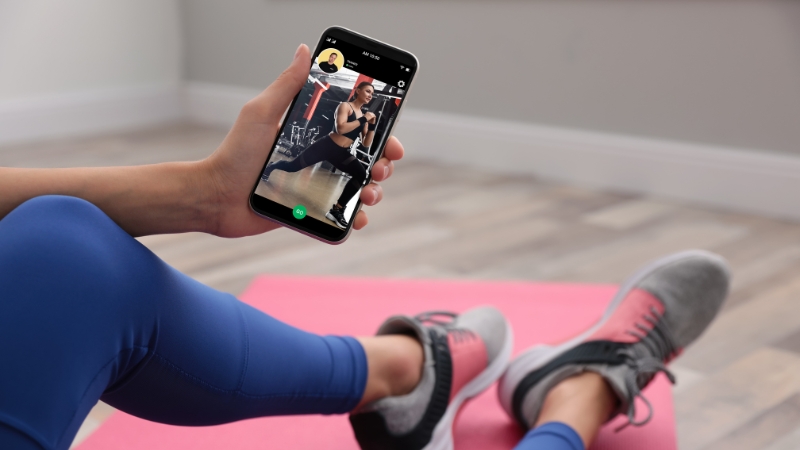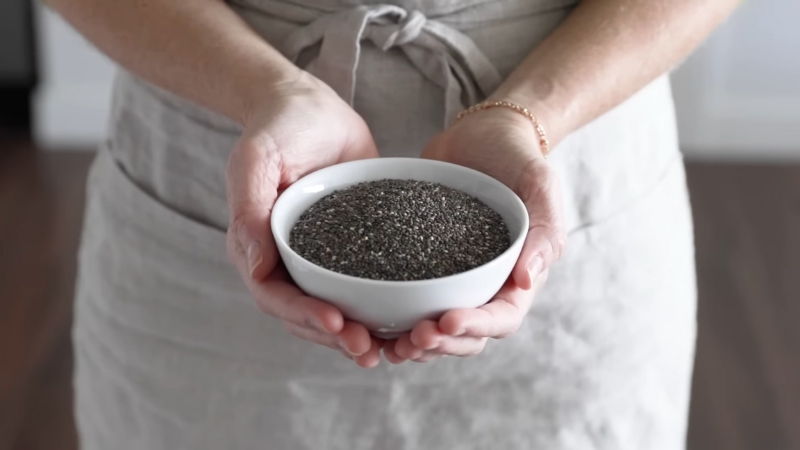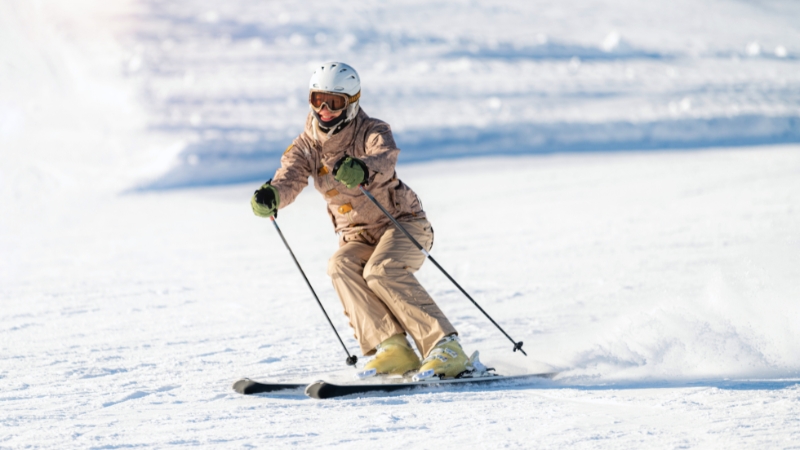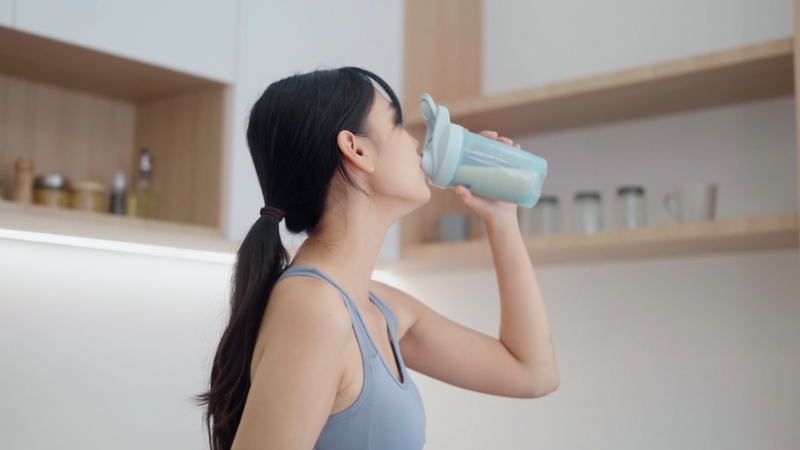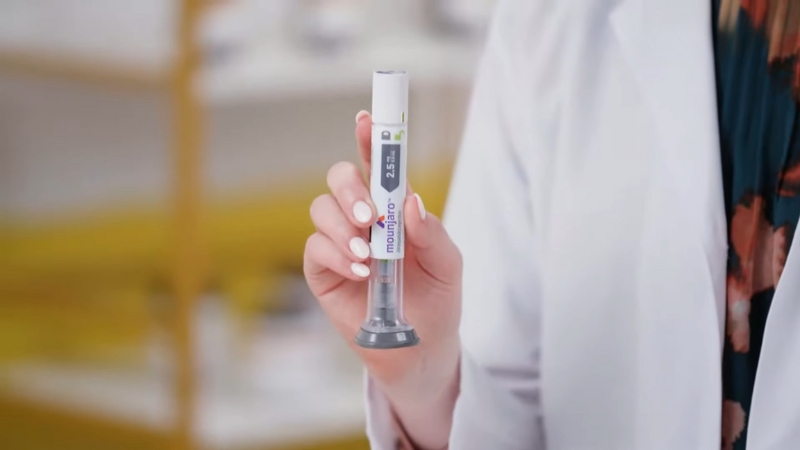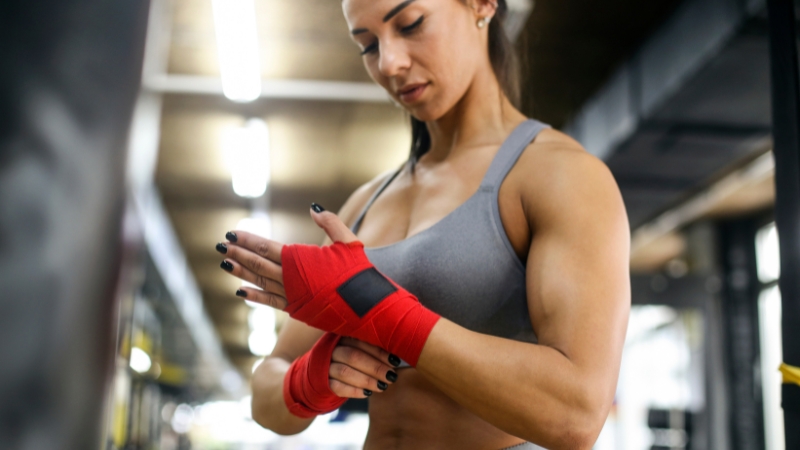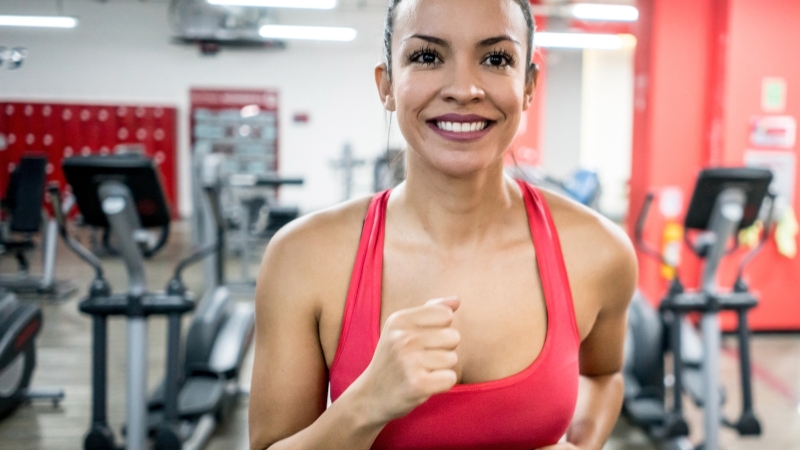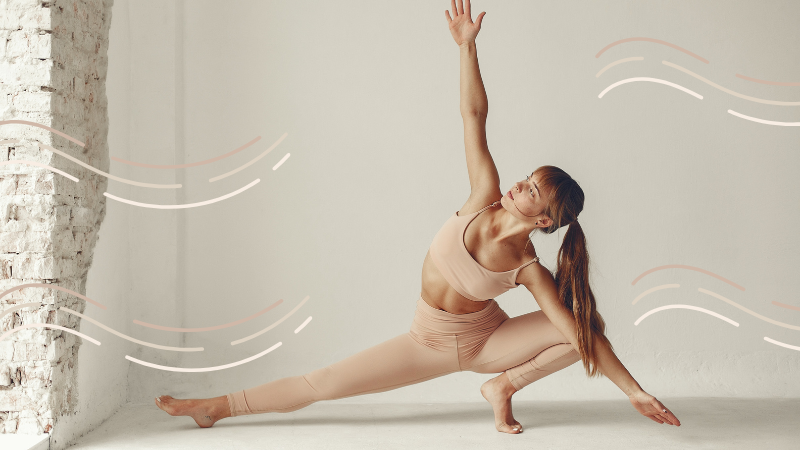
Share Post:
Skipping proper recovery could be catastrophic. Conditions like second impact syndrome are rare but devastating. That’s why taking enough time off from sports to recover fully is critical.
The goal is to ensure that once athletes return to play, they do so with the lowest possible risk of re-injury or other serious consequences.
Table of Contents
ToggleMedical Decision on Return to Play
A doctor’s clearance is absolutely vital when deciding the right time to return to sports after a head injury. They take into consideration a range of factors that go beyond just the present symptoms, including delayed concussion symptoms.
According to My Health Alberta, they typically evaluate:
- The symptoms you show: Every symptom, from headaches to dizziness, is critically assessed to gauge your recovery status.
- Your past medical and concussion history: Any previous incidents are considered to see if there’s a pattern or increased risk.
- Any medication you’re using: Medications can mask symptoms of a head injury, so doctors need to ensure any sign of recovery is genuine and not influenced by drugs.
- Your role in the sport and the specific demands of your position: Depending on whether you’re a goalkeeper or a linebacker, the risks and readiness factors can vary dramatically.
- Key aspects like your balance, attention span, and cognitive abilities: These are tested through various physical and mental exercises to ensure you meet the required safety benchmarks.
Key Factors in the Medical Decision

Individual health history
What’s safe for one athlete might be risky for another due to differences in resilience and past injuries.
Current symptoms
It’s not only about the symptoms being absent at the moment of examination. Consistency over time is key to a reliable assessment, ensuring symptoms don’t reappear with physical exertion or mental stress.
Concussion Symptom Management
- Here’s something critical: don’t rush back. You need to be completely symptom-free – without any medication – both during rest and while active. Medication can mask symptoms of a head injury, but it doesn’t mean you’ve recovered.
It’s essential to achieve a genuine symptom-free state to prevent recurring injuries. Full recovery is confirmed only when you can perform at your usual levels of physical exertion without any resurgence of symptoms.
Recovery Protocols for Young Athletes
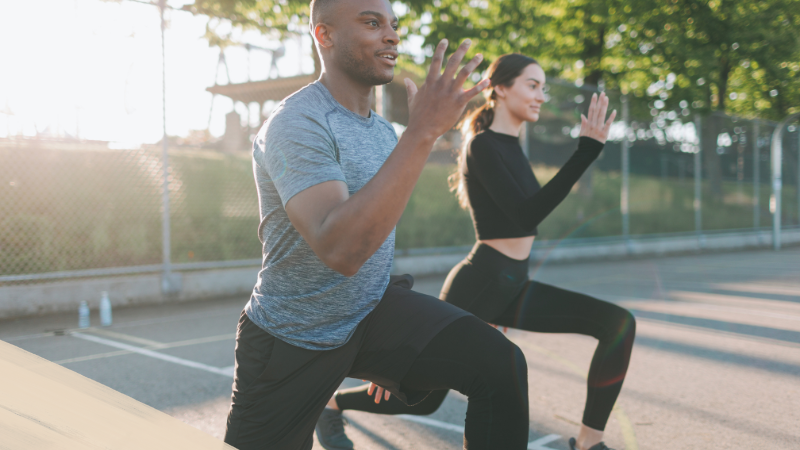
For kids and teens, the road to recovery is generally longer and must include written permission from a doctor. Their bodies and brains respond differently to head injury.
This is why pediatric sports medicine specialists are often involved in the decisions, ensuring that the young athletes’ developmental needs are taken into consideration.
Steps to Safe Return
- Initial rest: This step involves complete cessation from both physical exertion and cognitive stressors like video games or intense studying to allow the brain to heal.
Light activities: Activities like walking or swimming should be kept gentle, without pushing the heart rate too high. This stage tests the waters, seeing how the brain reacts to light physical stress. - Sport-specific exercises: Gradually reintroduce activities specific to your sport but avoid any potential for head impacts. This might include running drills or non-contact practice versions of the sport.
- Progression to full contact: Before getting back to normal gameplay, it’s crucial to ensure you can handle full-contact practice without symptoms. Only after clearing this can a player consider returning to competitive play.
Progression and Monitoring
Each step forward requires 24 symptom-free hours. If symptoms reappear, it’s back to the last safe level of activity. It’s crucial to monitor this progression carefully to avoid setbacks. Monitoring includes not only tracking symptoms but also observing the athlete’s response to increased physical demands, ensuring no signs of concussion return.
When Multiple Concussions Complicate Things
Multiple concussions? That likely means an even more cautious approach and a longer recovery period. The risks are real and can be life-altering, emphasizing why complete recovery is essential before returning to play.
Physicians may require extended periods of rest and gradual return to activity protocols to ensure the athlete’s brain health is fully restored.
Meet Your Recovery Team
Recovery after a head injury involves a whole team, including medical and therapy professionals, and of course, your family. Each plays a crucial role in getting you back to your best self. The coordinated efforts of this team help tailor recovery programs that align with your specific health needs and sports goals.
Doctors, therapists, and neuropsychologists collaborate to provide a comprehensive recovery plan. Their expertise in sports-related injuries ensures targeted interventions are applied.
Cognitive and Mental Assessment
Head injury recovery isn’t just physical. Neuropsychological evaluations are crucial to ensure your cognitive functions are back to baseline. This includes memory, attention, and problem-solving skills.
Regular assessments help track progress and detect any possible deterioration or stagnation in recovery, guiding further treatment.
Monitoring Your Mental Health
Recovery also means paying attention to how you’re feeling mentally and emotionally. Regular check-ins for mood changes, sleep quality, and social interactions help ensure a well-rounded recovery. Addressing these aspects can prevent secondary issues like depression or anxiety, which can sometimes follow a concussion.
Patience in Recovery
According to Christine Greiss, D.O., a physical medicine and rehabilitation specialist and director of the Concussion Program at JFK Johnson Rehabilitation Institute, patience is your best friend in recovery. Rushing back to sports could have serious repercussions.
“Even if a patient wouldn’t sustain another concussion, returning to play too early could prolong their recovery,” says Dr. Greiss.
After Recovery

Once you’re back, staying safe is key. Dr. Greiss says that strengthening your neck muscles and maintaining good nutrition can help protect you from future injuries. These measures are not just about recovery but also about fortifying yourself against the possibility of future concussions.
Proper nutrition supports overall brain health and resilience. Ensuring a diet rich in omega-3 fatty acids, antioxidants, and proteins can aid in maintaining optimal brain function and recovery.
The Bottom Line
Recovery after a head injury requires informed decisions, careful monitoring, and a strong support network. Always keep in mind that it’s not just about getting back to the game but ensuring you can play it safely for years to come.
Sources
1. My Health Alberta – Returning to Play After a Head Injury During a Sporting Event
Related Posts:
- Is It Time to Expand Your Gym? Signs You’re Ready to Grow
- How the Right Shoes Can Save Your Feet - A Guide to…
- How Group Fitness Helps You Stay Out of Your Head
- How to Avoid Injury When Starting a New Fitness…
- Sprain, Strain, or Worse? What to Do Right After a…
- Misdiagnosis in Sports - A Growing Concern and Its…


